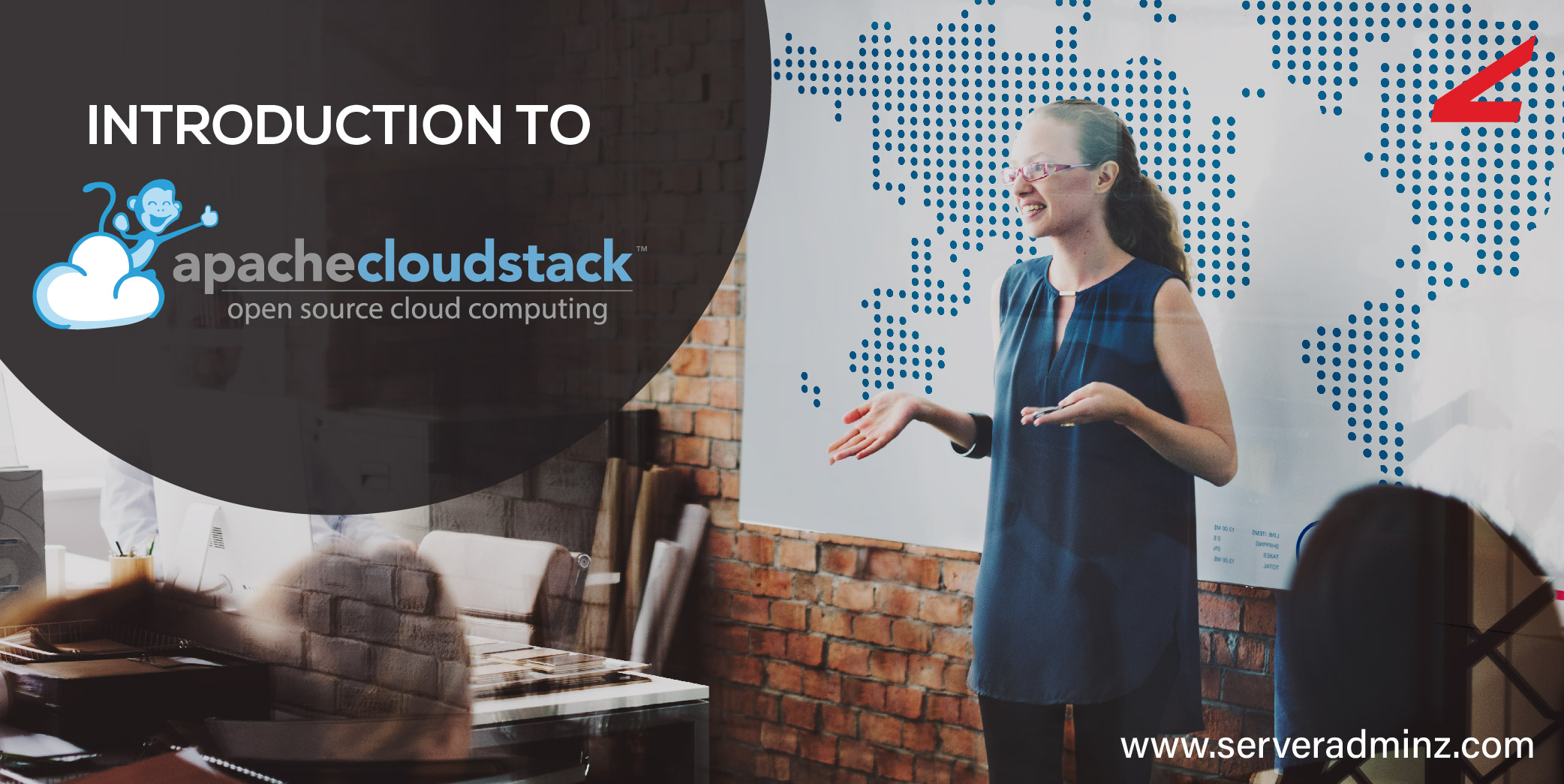As we all know already, cloud computing has become an important part for many companies today. What I am going to discuss here is a well-known open source cloud computing software called Apache CloudStack.
CloudStack can be simply defined as a cloud computing software mostly used for deployments and managing the infrastructure-cloud services. Most of the clients of CloudStack will be service providers and other IT enterprises as they can provide on-demand cloud computing services in the form of a self-service virtual machine to their users.
There are three deployment models for CloudStack, which are Public Cloud, Private Cloud, and Hybrid Cloud services. It is an infrastructure service (laaS) cloud-computing platform.
Cloudstack now supports most prevalent hypervisors like VMware, KVM, XenServer, and Xen Cloud Platform. Cloudstack users can easily manage their cloud with a web interface which is very easy to use and to get familiar. In addition to that, CloudStack provides an API that’s compatible with AWS EC@ and S3 for the clients who wish to deploy hybrid clouds.
The main advantages of CloudStack are following.
- Multiple supervisor compatibility
- Easy to the familiar graphical user interface
- Automatic configuration management
- Scalable infrastructure management.
- API and extensibility
- High availability
- No licensing costs
- Can develop new features on the projects.
The most commendable feature of CloudStack is its massively scalable infrastructure management. It can manage countless numbers of physical servers installed on various datacentres around the globe. Also, any kind of outages on the management servers which caused by any kind of maintenance will not affect the virtual machines running on the cloud.
CloudStack has become a close competitor for OpenStack. Both of these platforms are designed as a push towards advanced cloud management. What’s good about CloudStack is it keeps getting better. The most recent updates include the following features.
* Improved storage management
* Virtual private cloud tiers can now span guest networks across availability zones
* Improved support for Hyper-V zones and storage migration
* Support for VMware distributed resource scheduler
The implementation of CloudStack is also very smooth in comparison with just a single virtual machine running the CloudStack management server and second acting like a real cloud infrastructure. OpenStack is really much more of a mature platform and is extensively adopted.
On the other hand, OpenStack is definitely a more mature product according to CloudStack and its more widely adopted platform. However, OpenStack requires to be managed from various CLI console and it’s still challenging to deploy.
” margin_top=”50px” margin_bottom=”” animation_type=”slide” animation_direction=”left” animation_speed=”0.3″ class=”” id=””]






Leave A Comment
You must be logged in to post a comment.